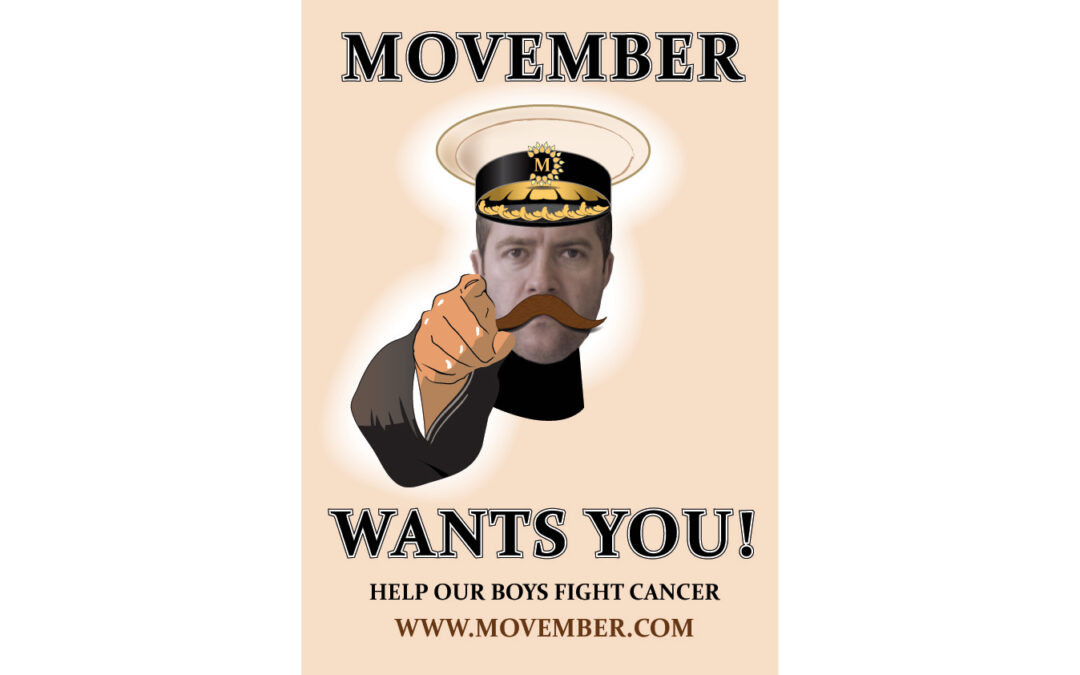When working with sign design, there are many factors that you have to consider in order to produce a sign that is not just nice to look at but also conveys your brand’s message effectively and accurately. A major part of ensuring that your message can be easily read and digested by an audience who’s already pulled in a million directions at every moment of their day is the choice of typography for signs.
Typography is an art that has a legacy as old as the printed word itself. You could even make the case that typography, at least the concept of the form of words and letters, goes back to the earliest written words and how they were hand-scribed. As we know it, typography is based on a number of smaller choices that make up the whole of your sign’s design. In the times of analog printing, each letter of each word would need to be expertly laid out on frames filled with metal letters of a given font with a chosen width, weight, kerning and leading.
Let’s dig into the many options that you have when it comes to picking the right typography for signs.
- Font: Although font technically refers to much more than your choice of Arial or Times New Roman, conversationally you can consider it that. Made up of serif and san serif options, your brand should choose a font that fits its style while still being legible.
- Weight: The weight of your font is, in simple terms, how thick the letters appear. Heavier letters can leave more of an impact and, in the best cases, highlight specific words your audience should pull from your messaging.
- Kerning: This refers to the space between individual letters and characters. If there is too much space between letters, your message can look sloppy. If there’s not enough space, it can look jumbled.
- Leading: When it comes to signs with multiple lines of copy, leading is incredibly important, as it is the space between those baselines. Although you want to be economical with your leading since real estate on signs is limited, you also don’t want to cramp your message by placing your lines right on top of each other.
- Tracking: This refers to the spaces between groups of letters in order to avoid what is known as widows. Widows are words that are forced to break mid-word, which leads to readability issues and is definitely something to avoid in typography for signs. Remember, signs are all about quick, easily digestible messages–something that widows definitely don’t help you achieve.
Beyond the technical aspects, each of the above options (and more) go into choosing typography for signs that work for your needs. What should you consider before picking your sign’s typography?
- Consistency: You probably spend countless hours agonizing over your brand. Make sure it’s consistently followed in all aspects of your marketing, including your signage. In most cases, it’s wise to stick to the font your brand strategically chose as a brand standard, or at very least something that’s stylistically compatible with your brand.
- Medium: You have to consider the amount of real estate you have for your content before dedicating to a specific layout and font. Larger signs, such as banners and window graphics, allow for a bit more room to breathe or add some extra verbiage that may not be feasible on a car sign or smaller sidewalk sign.
- Legibility: You can have the prettiest cursive font in the world, but if people on-the-go can’t read it in a hurry, it’s all for naught. Function and style have to both be considered with equal weight in order to find typography for signs that will not only turn heads but convey your message effectively.
- Simplicity: Especially in signs, limiting yourself to, at most, two fonts is key to keeping your sign as to-the-point as possible. People aren’t generally looking for ornate details when they pass your banner while on the way to the grocery store or catch a delivery car while heading home on the evening commute. Choose typography that’s bold, simple and conveys your message while being true to your brand’s style.
Of course, the above considerations are just the tip of the iceberg but should give you a good starting point when considering which typography is best for your brand. Although not all rules will always apply, and there are always exceptions, these guidelines can be a big help in getting started on your sign.

